
New Custom Fields + 3 Workflows for Streamlining Your Container Ops
Custom Fields bring your ERP/TMS data and workflows into Terminal49. Discover three powerful workflows that replace spreadsheets and centralize operations.

Custom Fields bring your ERP/TMS data and workflows into Terminal49. Discover three powerful workflows that replace spreadsheets and centralize operations.

Learn how Terminal49 models inland rail ETAs by segmenting journeys, improving data quality, and embracing transparency in the face of logistics uncertainty.
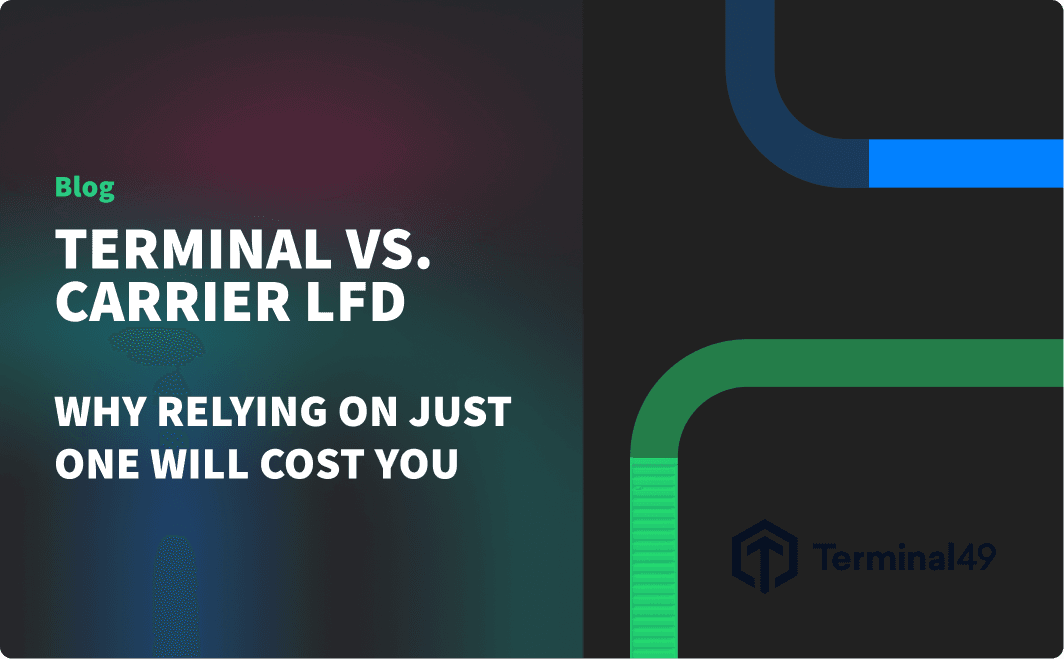
Learn why carrier-reported Last Free Day (LFD) is the most accurate, how terminal data falls short, and how to avoid costly demurrage.
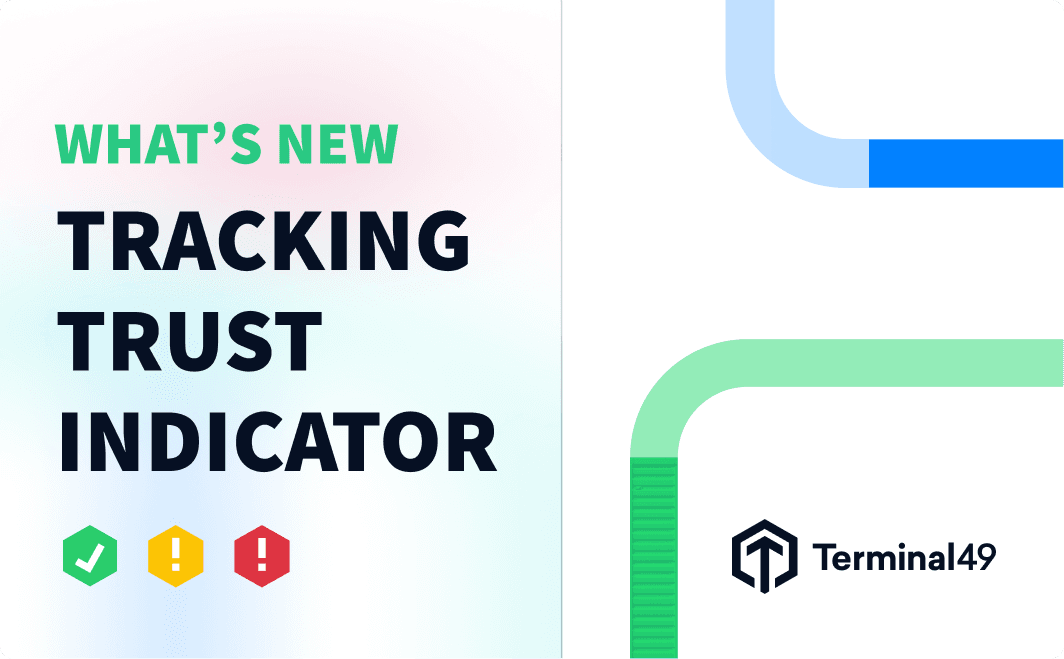
See how fresh your container data is and refresh it on demand. The Tracking Freshness Indicator brings more trust and transparency to your workflow.
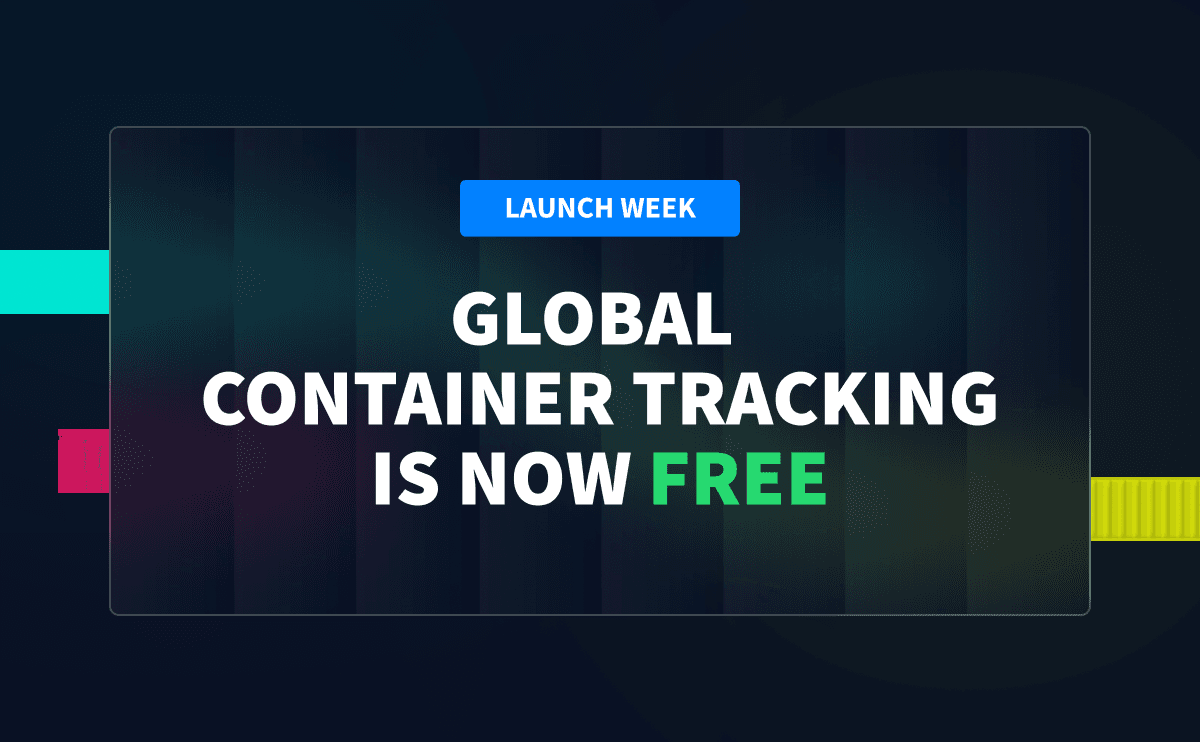
Starting today, any company —large or small —can use Terminal49 to track its containers in one place, for free.

From global search and customizable filters to unified timelines and live maps, these updates make it easier to make smarter decisions—faster.
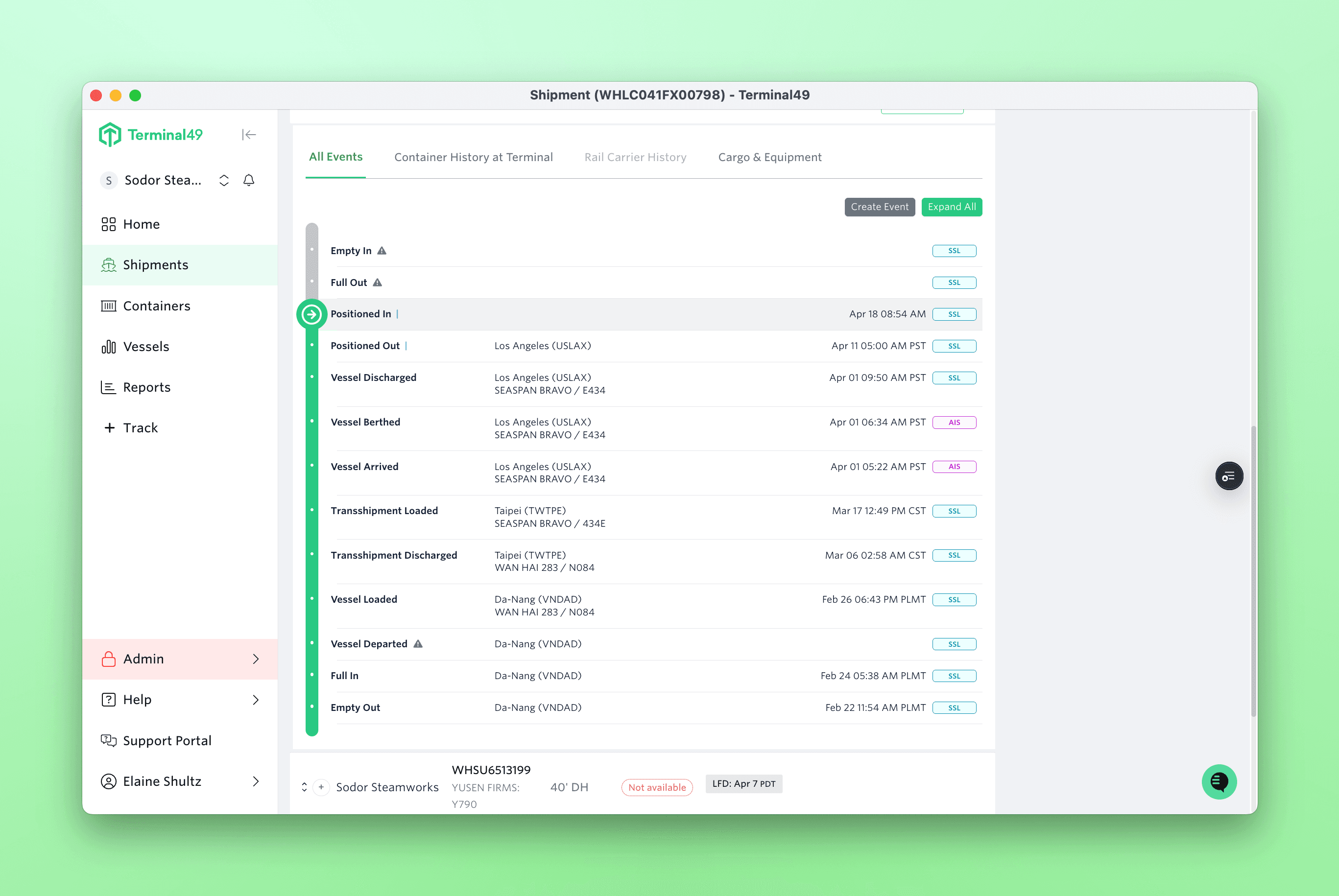
We’ve expanded Terminal49’s footprint to support North American imports across all ports and terminals
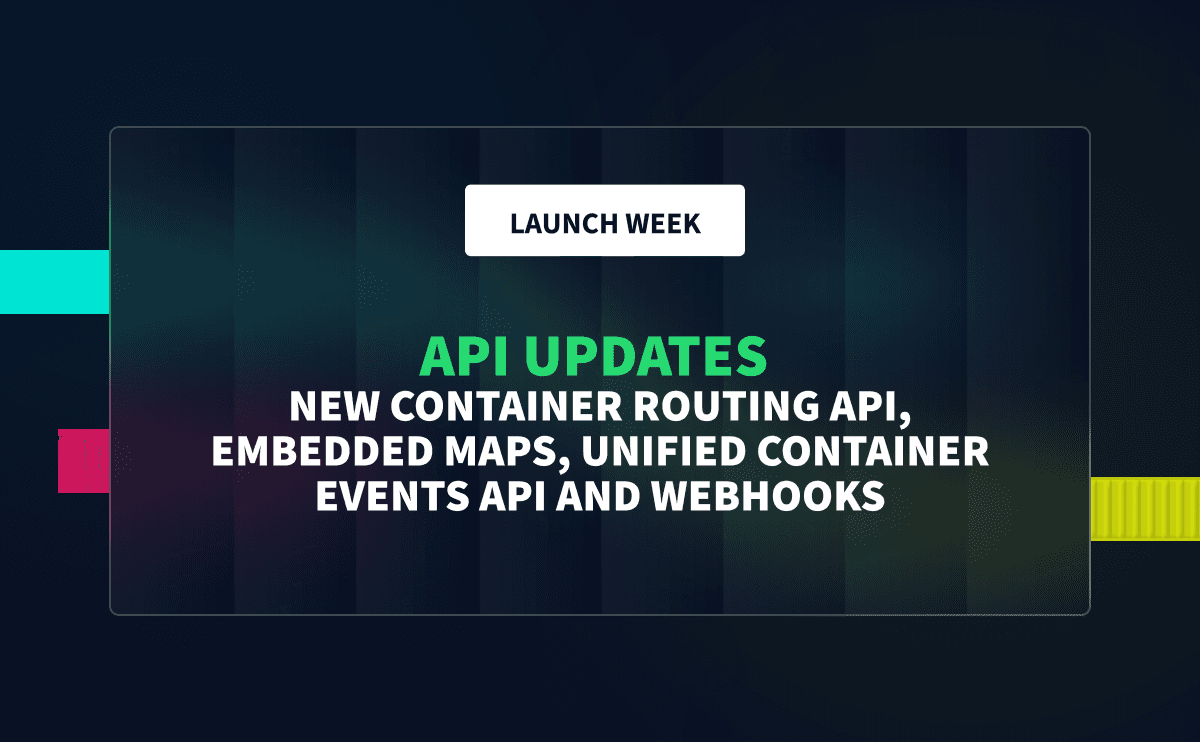
With our new APIs you can pull container timelines, routes, and saved views directly into your own tools—no spreadsheets, no lag, no manual work.
The logistics headlines keep coming: tariffs are changing, port fees are on the horizon, and shippers are bracing for congestion. So we hit record on a quick chat between Terminal49’s Dom Santomieri and Kyle Blount to unpack what’s actually going on.
Importers are scrambling as tariff rules shift fast. From the end of de minimis to FTZ strategy and routing chaos, here's what logistics teams are doing to stay ahead.
How supply chain leaders can build sustainable, agile operations for what’s next
Why Customs Delays Are a Serious Risk for Construction Equipment Imports
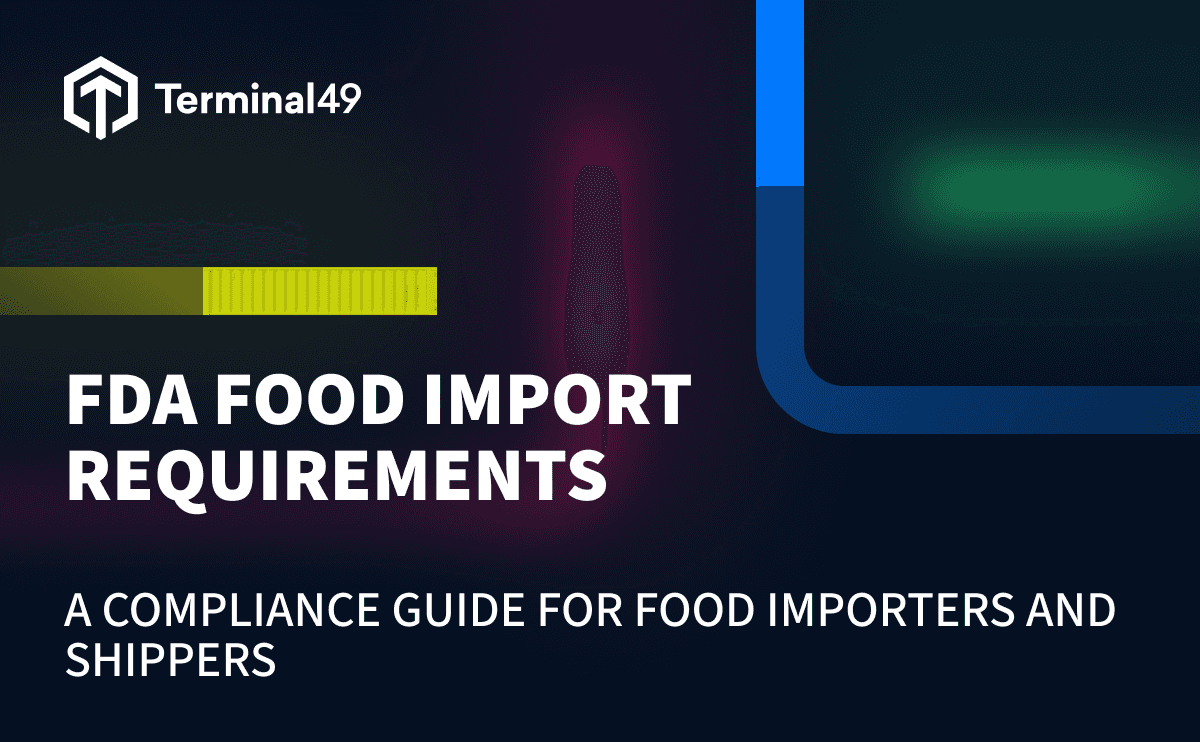
Learn how food importers can navigate FDA and U.S. Customs regulations without costly delays. This guide explores compliance strategies, risk mitigation, and how Terminal49 helps streamline food import operations.
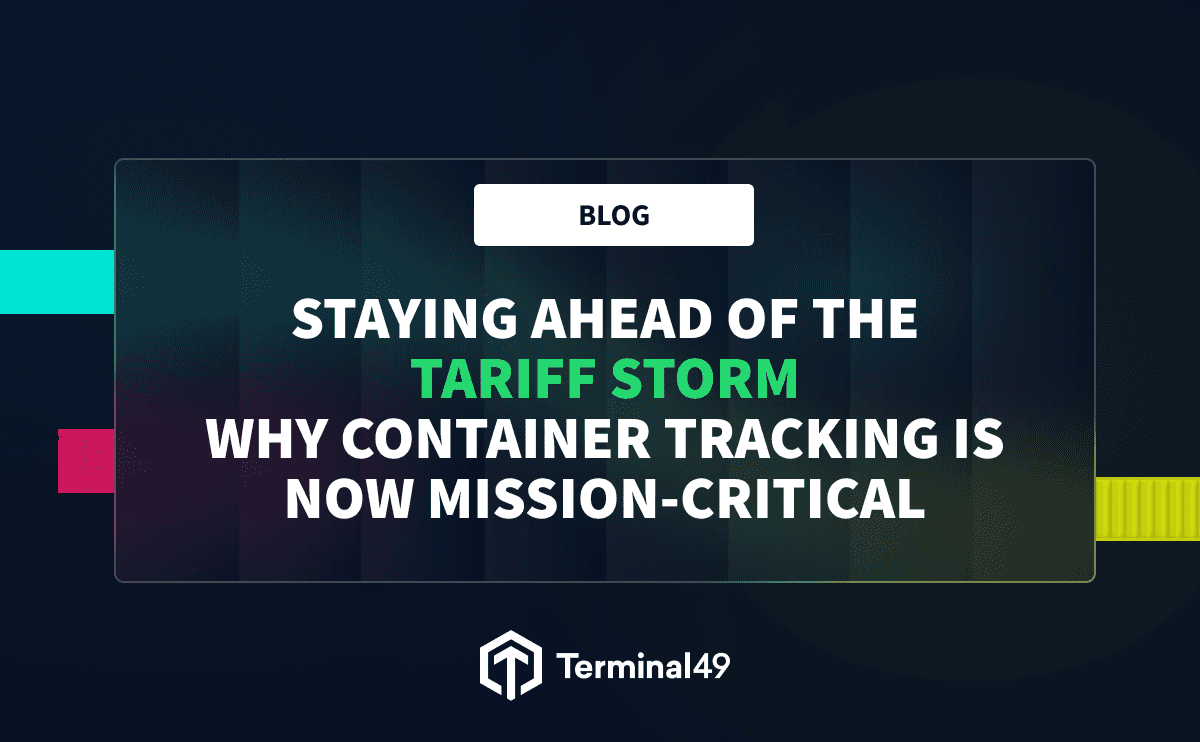
Tariff changes are here. Learn why real-time container tracking is mission-critical to protect your margins and stay ahead of disruptions.
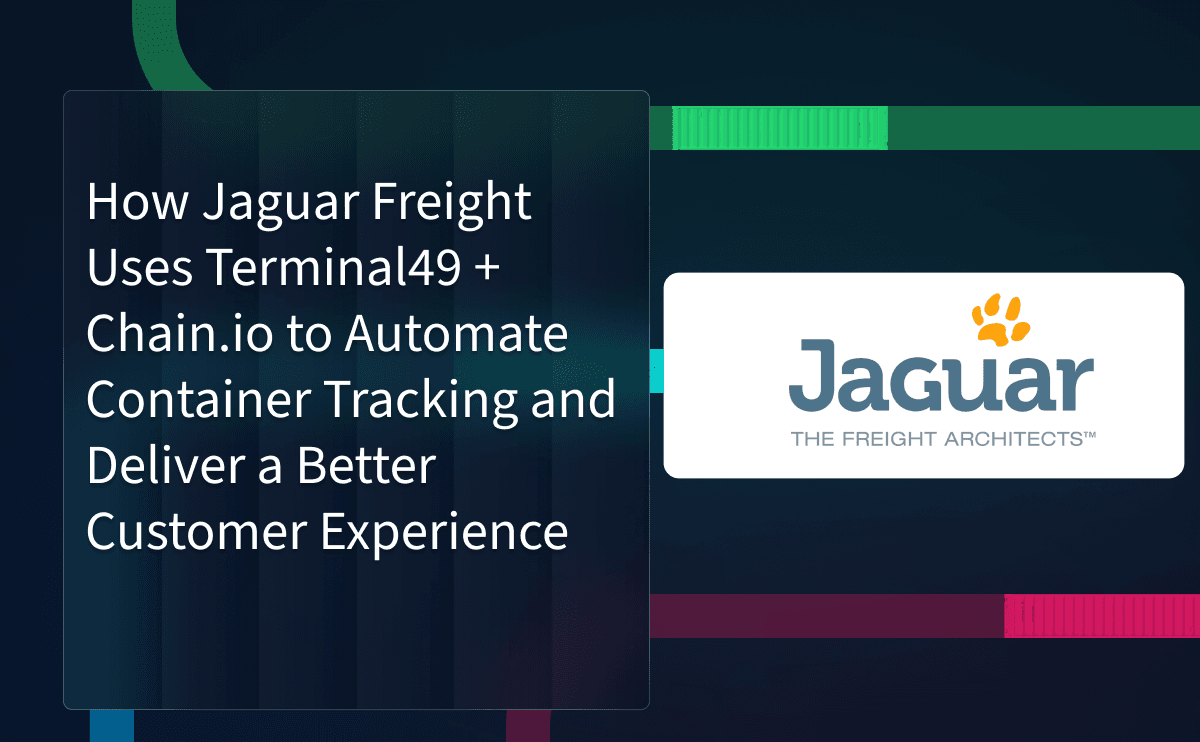
Jaguar Freight automated container tracking with Terminal49 + Chain.io to boost visibility, cut manual work, and enhance customer experience.

APIs should streamline ocean freight, but carrier data is still inconsistent and incomplete—leaving forwarders and shippers to fill the gaps.
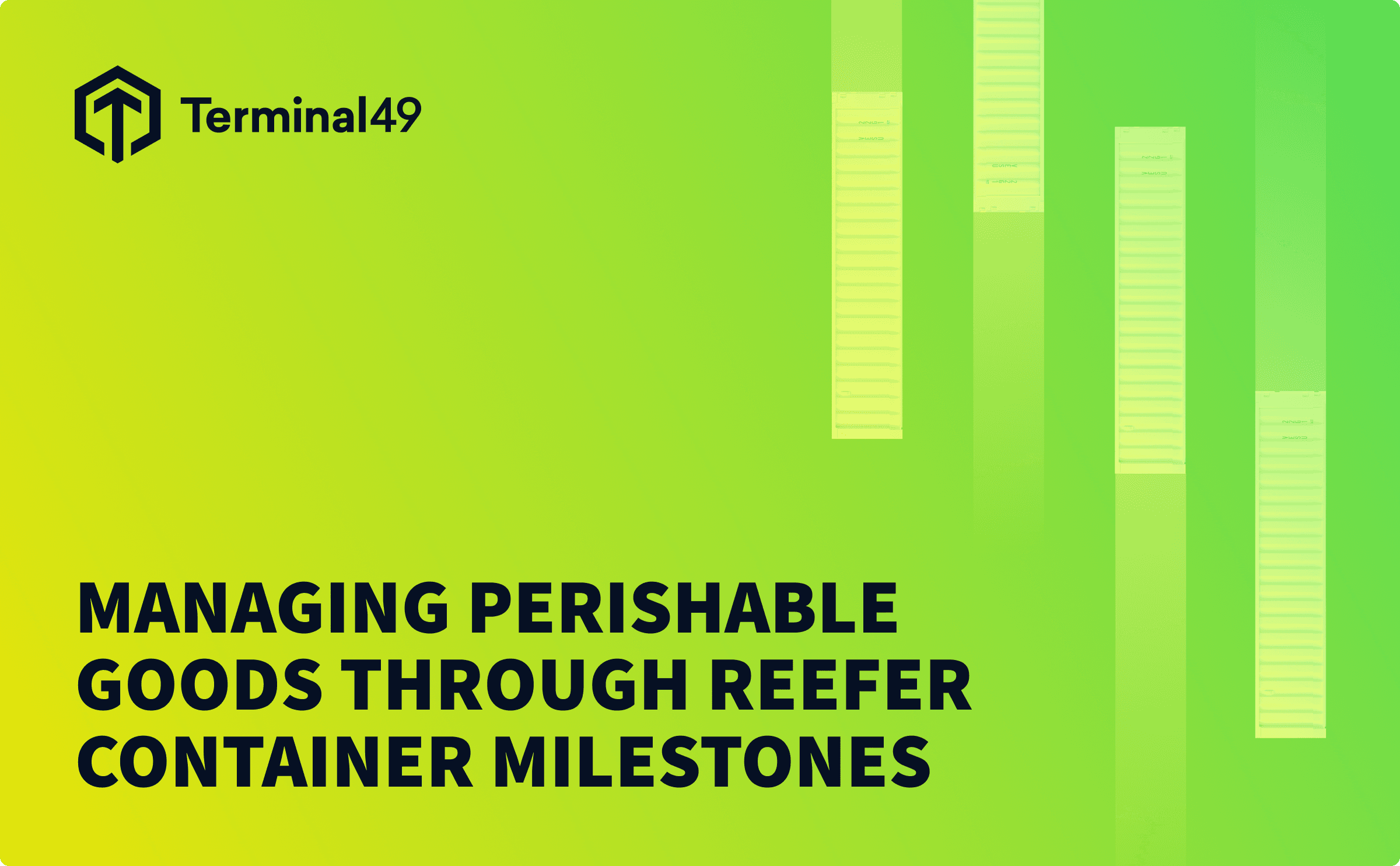
Exploring best practices and the role of Terminal49 in managing perishable goods through reefer container milestones.

AI is everywhere. Whether we’re excited about it, skeptical, or just trying to keep up, there’s no escaping the conversation. In logistics and supply chain, the potential for AI is massive—but what does that really mean for the industry?
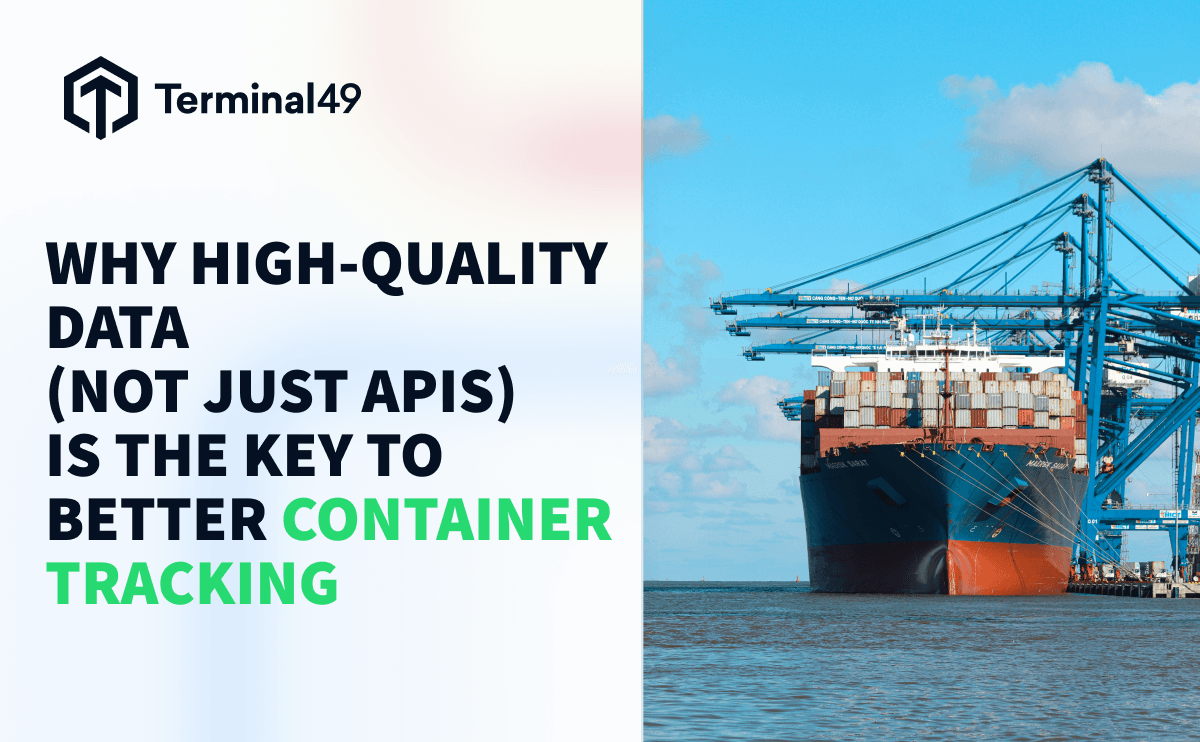
Struggling with unreliable container tracking data? APIs provide access, but bad data leads to costly delays, demurrage fees, and operational chaos. In this blog, Terminal49’s co-founders discuss why high-quality data—not just API integration—is the key to real visibility. Learn how Terminal49 cleans, validates, and enriches tracking data to keep your supply chain moving smoothly.
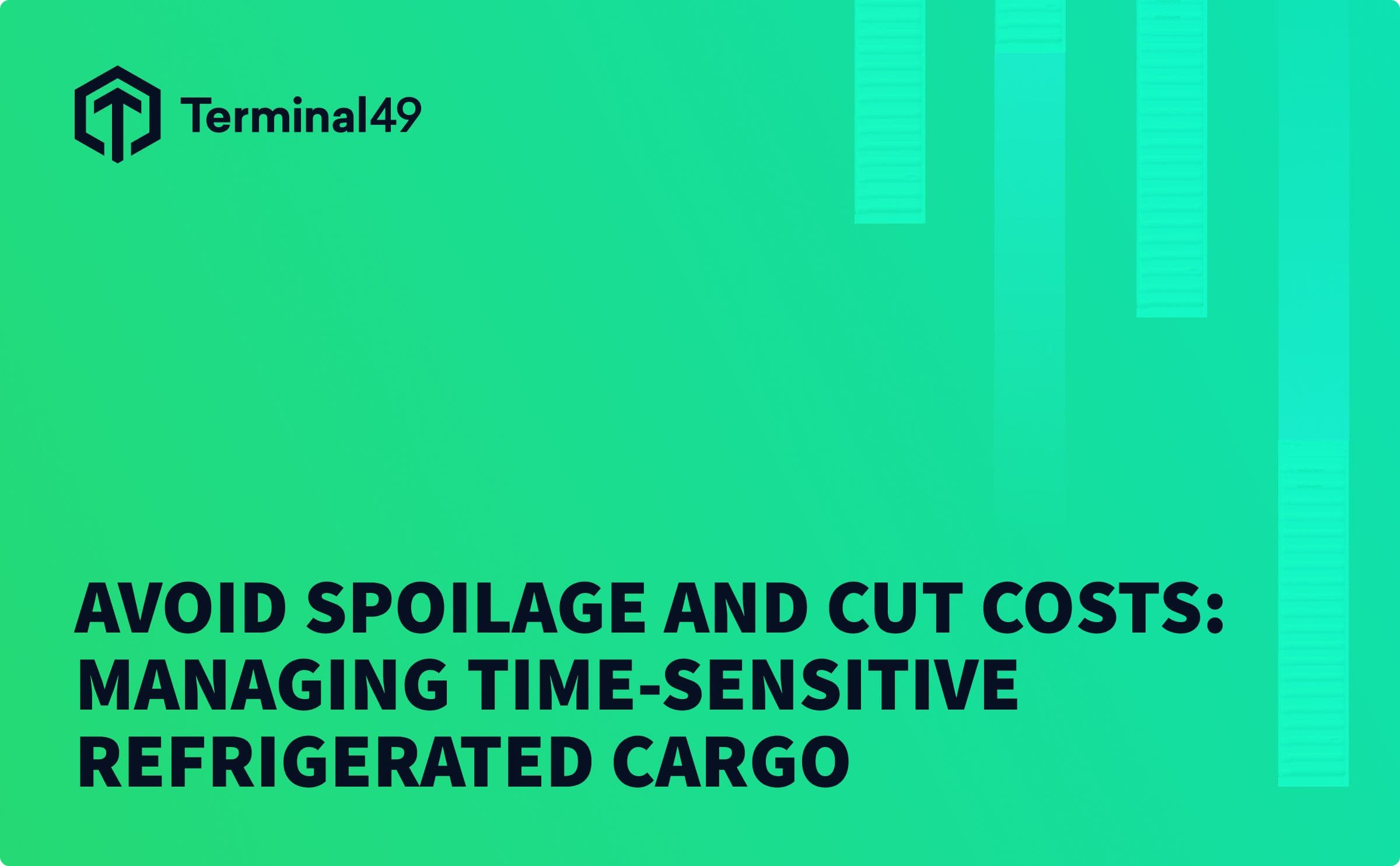
Exploring how shippers can track and monitor conditions of time-sensitive refrigerated cargo during its freight movement with Terminal49.
Terminal49 can track 98% of containers worldwide
Over a 100 integrations with ocean carriers and terminals
Over 1 billion milestones tracked